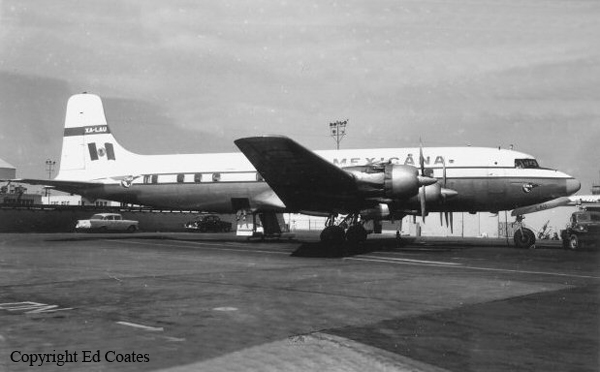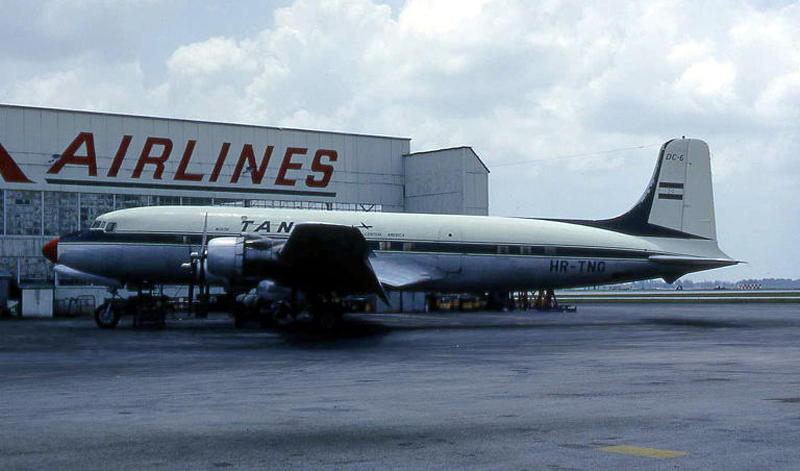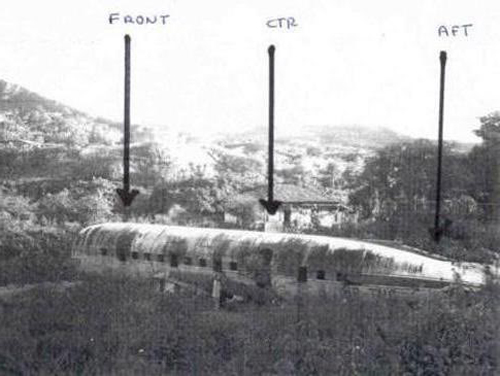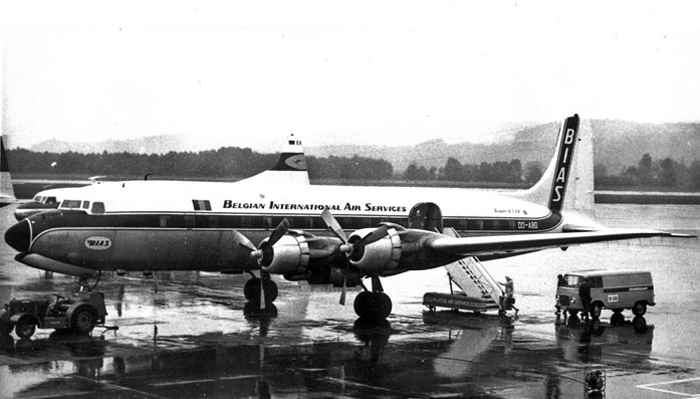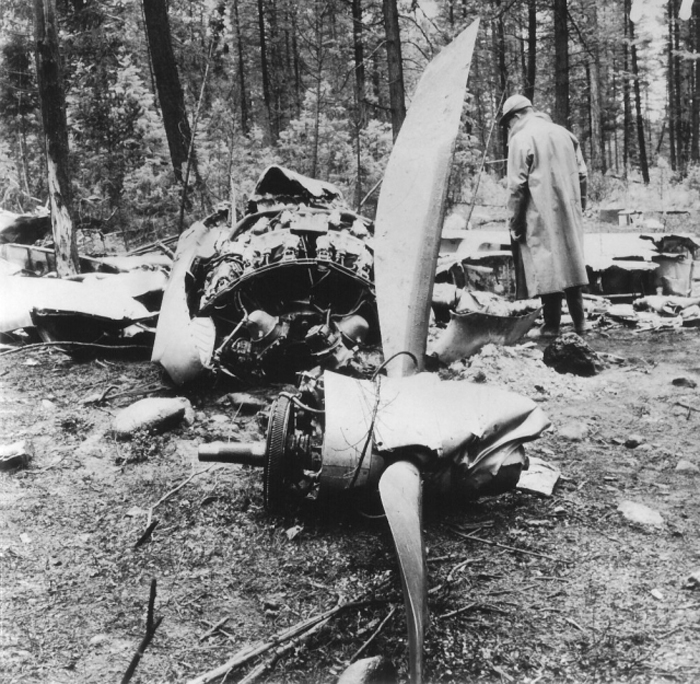Crash of a Douglas DC-6 in Mérida
Date & Time:
Jan 30, 1967
Registration:
XA-LAU
Survivors:
Yes
Schedule:
Mexico City – Mérida
MSN:
43059/96
YOM:
1948
Crew on board:
3
Crew fatalities:
Pax on board:
26
Pax fatalities:
Other fatalities:
Total fatalities:
0
Circumstances:
On final approach to Mérida-Licenciado Manuel Crecencio Rejon Airport, the four engine aircraft stalled and crashed few dozen yards short of runway threshold. All 29 occupants were injured and the aircraft was destroyed.
Probable cause:
Due to poor crew coordination during the final approach, they failed to follow the approach checklist and one of the pilot inadvertently set up the reverse thrust system. Due to low speed, the airplane stalled and crashed. The distance between the aircraft and the ground was insufficient to expect recovery.
